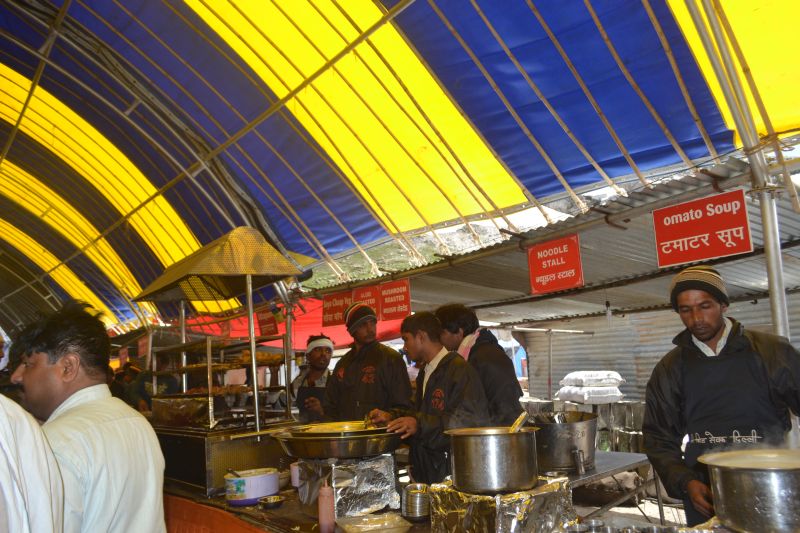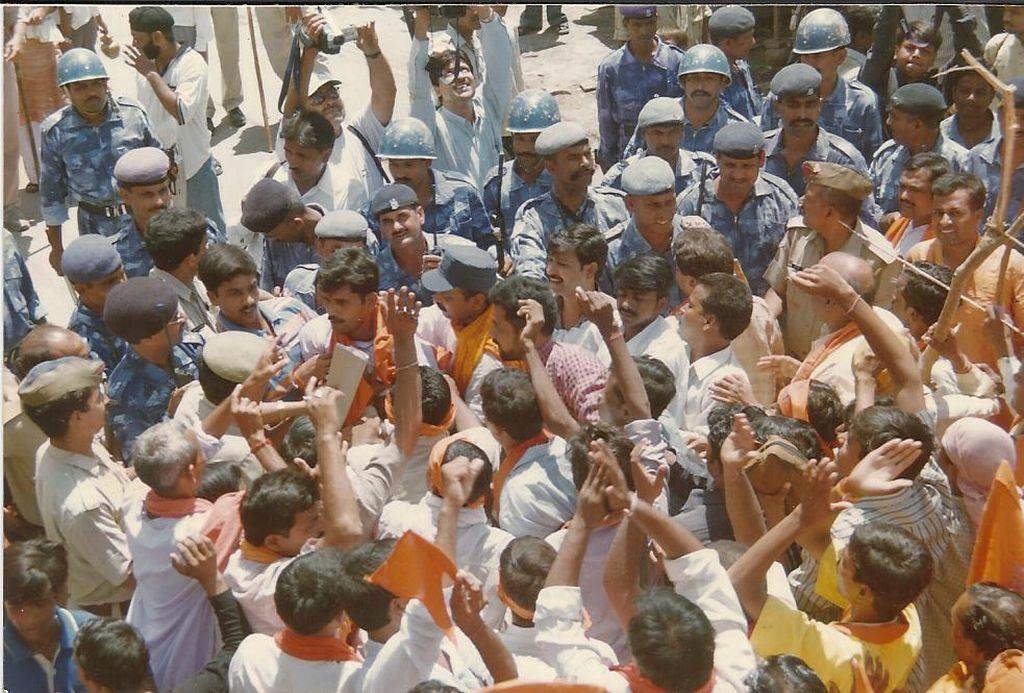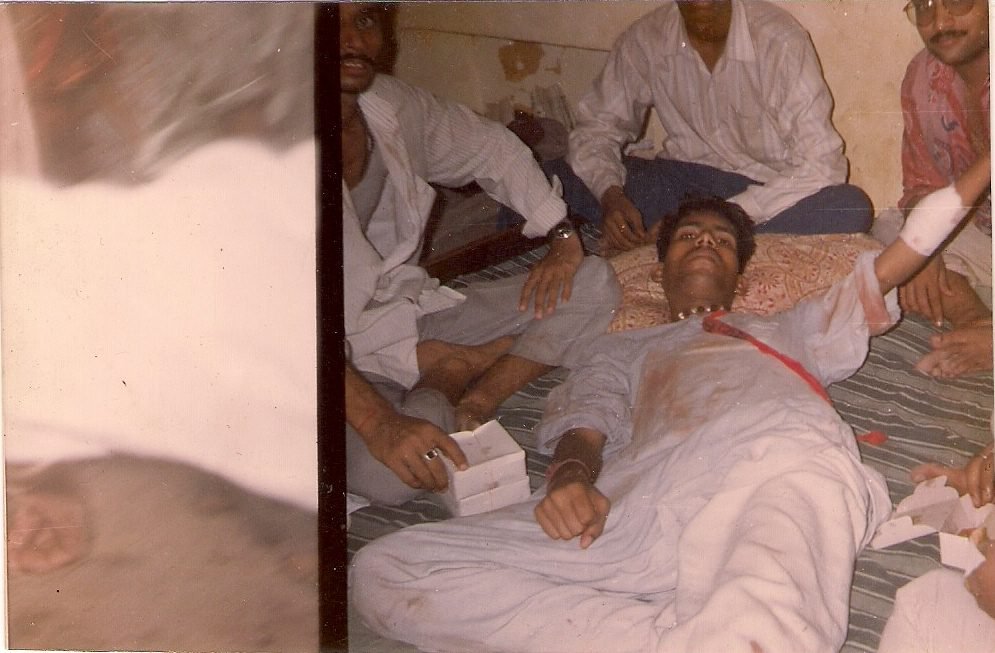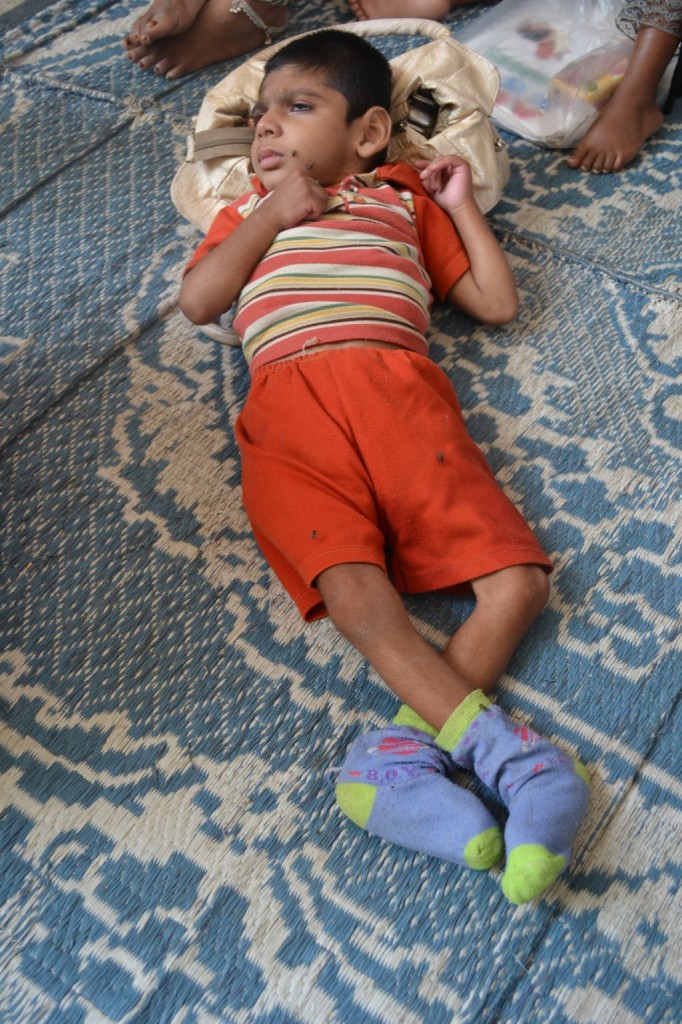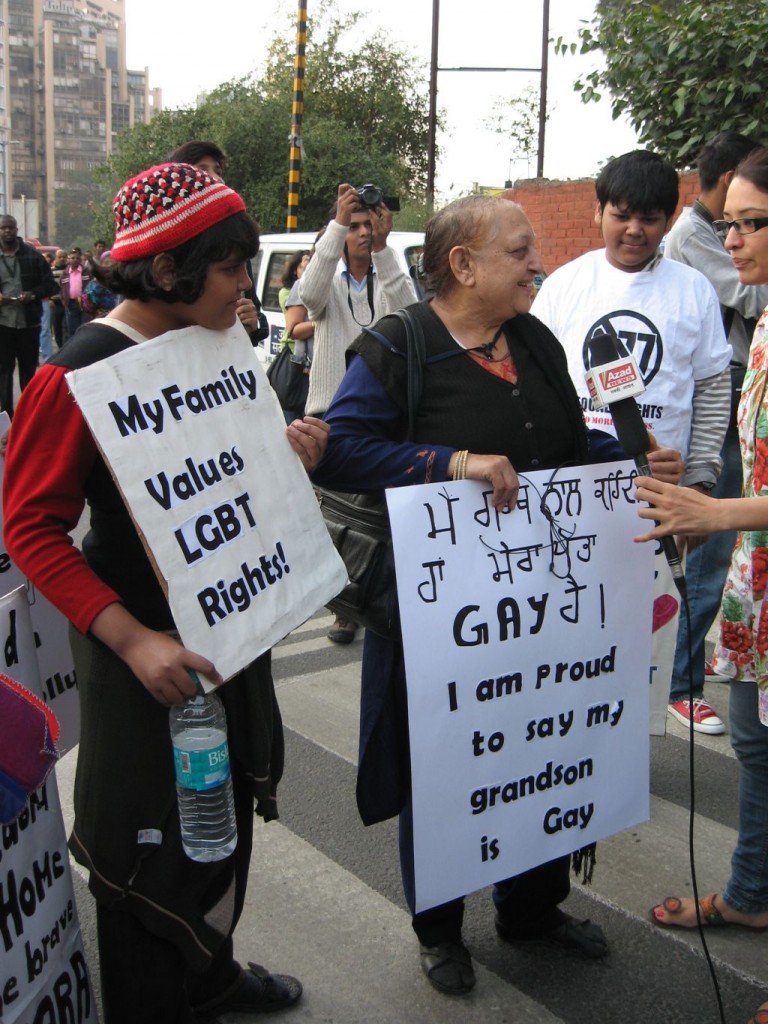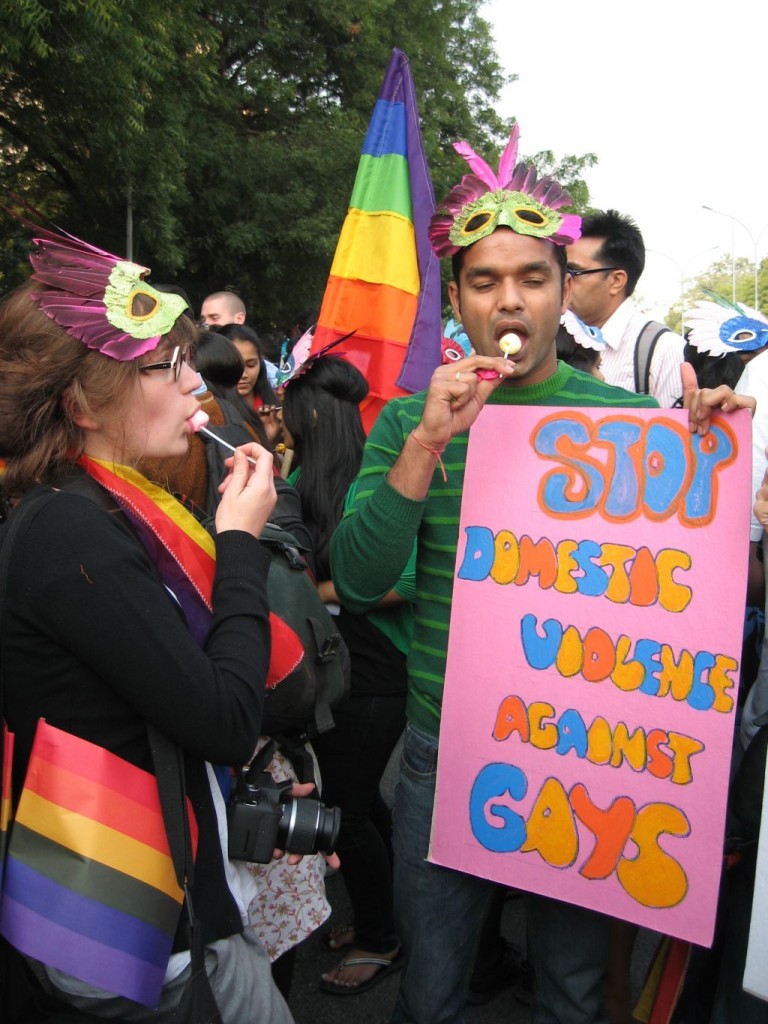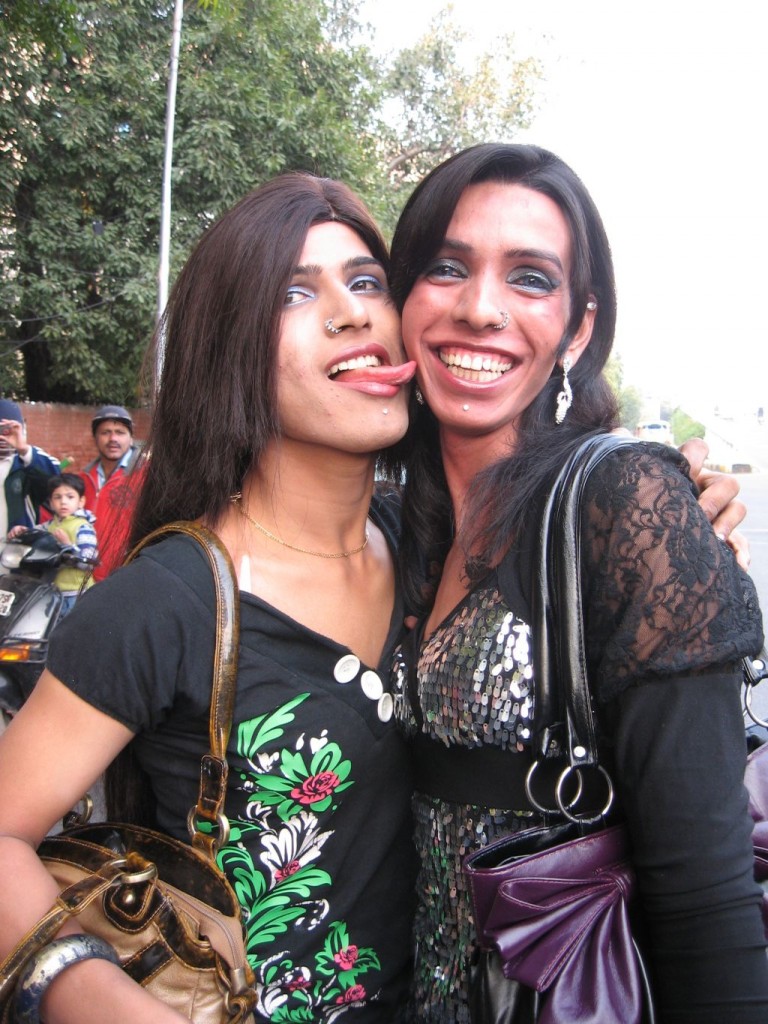India, before invasion, was renowned as a “golden bird” due to its material prosperity, profound spiritual wisdom, and advanced scientific understanding. From physiology and its inner dimensions to the concept of the multiverse, discussions and innovations were already prevalent. However, this golden age was disrupted by the devastating era of Islamic invasions, leading to widespread destruction. Millions of lives were lost, and countless people were forcibly converted to Islam. It is estimated that over 60,000 Hindu, Jain, and Buddhist temples were razed to the ground.
The destruction of Nalanda University and its incomparable library, along with the countless Jain and Hindu temples sacrificed to build the Qutub Minar, are well-documented tragedies. The suffering endured by the sacred sites of Ayodhya, Mathura, and Varanasi is similarly heart-wrenching. Indeed, the historical atrocities inflicted upon India are vast and complex, defying concise summation. Ultimately, the nation was partitioned, with present-day Pakistan, Bangladesh, and Nepal once forming an integral part of India. Expanding the cultural perspective, Tibet and Afghanistan were also deeply intertwined with the Indian subcontinent.
Following the brutal Islamic era, British colonial rule ensued, often referred to as the “British Raj.” However, many argue it was essentially a “Christian Raj,” with colonial objectives mirroring those of their Muslim predecessors: exploitation of India’s wealth and proselytization of Christianity. While Mother Teresa is celebrated for her humanitarian work, her canonization is often attributed to her role in religious conversion, particularly among the Hindu population.
Her work among the impoverished was undeniably extraordinary, defying verbal description. While her humanitarian efforts were commendable, it’s also acknowledged that her primary objective included proselytizing Christianity, particularly within the Hindu community. Despite the actions of previous rulers, India gained independence on August 15, 1947, igniting hope among millions. However, the nation has grappled with persistent challenges such as corruption, poverty, and illiteracy.
India’s journey into independence was marred almost immediately by the Jeep scam of 1948, a stark indicator of the challenges to come. Since then, a seemingly endless stream of scandals has plagued successive governments. The pervasive nature of corruption is exemplified by former Prime Minister Rajiv Gandhi’s infamous assertion that only 15 paise of every rupee allocated for public welfare actually reaches its intended beneficiaries, with the remaining 85 paise siphoned off by politicians, bureaucrats, and their associates.
The frequency and scale of corruption escalated over time. Multi-million and even billion-dollar scams became commonplace. International aid and loans intended for poverty alleviation were diverted into the coffers of politicians and bureaucrats. The plunder extended beyond foreign funds to the nation’s natural resources. The coal and Commonwealth Games scams are infamous examples of this rampant corruption.
Corruption had become so normalized that it was expected at every level of society. Citizens anticipated bribes from government employees and police officers. The opulent lifestyles of politicians, often funded through illicit means, were accepted without question. This systemic corruption created a toxic environment where dishonesty permeated every sector, from government offices to private businesses.
Finally the 2014 elections came and Mr. Narendra Modi was introduced as the Prime Ministerial candidate of the BJP party. Mr. Narendra Modi had a reputation of being business friendly, honest but also anti-minority. The ruling party Congress made Mr. Modi’s reputation of being anti-minority a huge issue. The elections were polarized in the name of minority appeasement. Mr. Modi was labeled as an anti-minority because of the Gurjat riots which took place in the year 2002. Gujrat riots started when a group of Hindu pilgrims train was attacked by Muslims in Gujrat.
“A train carrying Hindu pilgrims was set on fire by a Muslim mob, resulting in the deaths of several people. This incident triggered widespread communal violence across the state. Mr. Modi, the then Chief Minister, was criticized for his handling of the riots. However, his reputation as a business-friendly and honest leader, coupled with his successful track record of bringing development to Gujarat, significantly contributed to his election as Prime Minister of India in 2014.”
When Mr. Modi became Prime Minister, people had high expectations. They anticipated rapid improvements in governance, including zero corruption, enhanced internal and external security, transparency, better infrastructure, increased financial prosperity, and overall progress. It is now 2024, and Mr. Modi has completed two terms as Prime Minister. We have witnessed significant changes on the ground level.
We have witnessed some of his popular schemes, such as housing for all, direct benefit transfers, digital transactions, universal tap water supply, affordable internet, an excellent new road network, improved electricity, and sanitation, bring about changes in people’s lives. Additionally, there have been no new scams reported in the government thus far. While it’s possible that scams exist but remain undisclosed due to the current administration, it’s also noteworthy how many previously corrupt leaders from other parties have adopted a clean image upon joining the BJP.
Anyways, Mr. Modi seems to be a lot better leader than any other option but one place where his karizma does not seem to work is the corruption on ground level. The corruption which people face in their daily lives, such as corruption in government offices and policing. I know that Policing is a matter of the state government and Mr. Modi can not do anything about it. I also know that most of the work which literally matters in people’s lives is done by the state governments. There are many central government run offices and institutions in different states but they are also somehow highly affected by the governance of the state.
I cannot think of a single government office where anyone can get any work done without offering a bribe. If I want a new electricity connection, I will have to offer a bribe. To build a house, I will have to bribe someone in the municipality and city development authority. Starting a business requires bribing the concerned authorities. Even getting a loan or registering a police complaint involves paying bribes.
The government of India has a program called housing for all. The way this scheme work is that if someone who has a piece of land but not a house then the government gives some money. The money is sent directly into the beneficiary’s account in four different installments. The beneficiary provides a plan, gets it approved by some government officer and then the amount is sent directly to the beneficiary’s account. But since there is an officer involved in between, he charges almost 20% bribe in advance, I have heard that at some places its even 40%.
So, I mean to say that corruption is prevalent in almost every aspect of life, and it’s often incredibly frustrating. I have countless personal experiences with corruption and would like to share a recent incident involving the birth of a child in my family and the death of my uncle. This case highlights corruption within the central government, state government, and private sector—a reflection of the broader corruption of humanity.
Let’s focus on the birth of my sister-in-law’s child. Most people who can afford private healthcare avoid government hospitals due to inefficiency caused by corruption. This isn’t about the quality of doctors but the poor service resulting from corruption. Patients are often neglected, with doctors and nurses absent or unwilling to see them. Senior residents handle most cases, and essential services like medicines are charged despite being supposedly free. The infrastructure is excellent on paper but poorly maintained.
My sister-in-law’s husband was unemployed when she was pregnant, so they opted for government hospital services, which were supposed to be free (including medicines, delivery, vaccines, supplements, and doctor fees). The day she went into labor, she was rushed to the hospital and, after much chaos, was admitted. They informed the family that she would deliver that night and that she was hemoglobin-deficient, requiring three units of blood. The family managed to find donors without difficulty.
The hospital planned to perform a caesarean section. When I visited her, I was appalled by the conditions. The mattresses were dirty, the bedsheets used, and garbage littered the floor. A single nurse was responsible for perhaps fifty patients, with many nursing duties delegated to family members. It was horrifying. To add insult to injury, the hospital demanded a bribe of Rs. 7000 for the delivery, payable in advance.
The surgery was scheduled for around 9 PM, but they demanded the money around 5 PM. Seven thousand rupees might not seem like a large sum to a middle-class Indian family, but it was a significant amount for someone unemployed. The father didn’t have the money and was struggling to arrange funds for his wife’s post-surgery care. This sudden, unexpected expense was overwhelming.
He questioned the hospital staff about the fee, given that the surgery was supposed to be free. The response was that while the surgery itself was free, a payment was still required. This money, they claimed, went directly to the doctor, and failure to pay could jeopardize the mother and child during the operation. Imagine the shock and fear this caused. The hospital employee explicitly threatened the well-being of the mother and child if the bribe wasn’t paid.
Despite lacking the funds, the father felt compelled to comply. He borrowed the money and gave it to the hospital employee. Only after the bribe was paid was his wife taken into the operating room. This harrowing ordeal illustrates the deep-rooted corruption a person faces even before birth in India.
Now let’s discuss the other incident involving my uncle’s death. One of my uncles died in a motorcycle accident a few months ago while returning home. He was alone when the accident occurred and was brought to the hospital by strangers. My uncle was still alive at the accident scene and gave his mobile phone to passersby, asking them to inform his family. They called some relatives using his phone and then took him to BHU, Varanasi’s largest hospital.
BHU is a centrally funded university with the region’s largest hospital. It’s the backbone of healthcare in eastern Uttar Pradesh and serves patients from neighboring states like Bihar and Madhya Pradesh. My uncle was brought to BHU’s trauma center already deceased. Upon arriving at the hospital, I found his body unattended. The doctor informed me that my uncle had been brought in dead and hadn’t been officially admitted. They asked if we wanted to take the body or if they should perform an autopsy. Indian law mandates an autopsy in cases of unnatural death. As an autopsy is required for insurance claims, loans, and other financial matters, we requested one.
BHU staff informed us that they no longer performed autopsies on-site. Instead, all autopsies were conducted at another government hospital about 10 kilometers away. They explained that they would first inform the police, who would then handle the paperwork before the body could be transferred. Our request for an autopsy initiated a series of frustrating and corrupt events.
The hospital had stretchers but stored them outside the trauma center. We were asked to fetch one ourselves, a minor inconvenience but a task that should have been handled by hospital staff, especially considering the emotional state of grieving families. After obtaining a stretcher, we waited for hospital personnel to assist in moving the body to the mortuary.
An hour later, someone arrived, but initially refused to touch the body, demanding that we move it to the stretcher. My brother and I were unable to do so alone and needed additional help. Despite our pleas, we were forced to move the body ourselves. We then had to transport the stretcher with the body approximately 300 meters to the mortuary.
Moving a stretcher with a body on it requires proper handling. I had no experience with stretchers but somehow managed to navigate it. We finally reached the mortuary, which could accommodate about four to six bodies. There was no hospital staff to open the mortuary or store the body. The accompanying hospital employee was only there for paperwork. He called someone, and after about thirty minutes, a severely intoxicated man arrived, reeking of alcohol.
He wasn’t a regular BHU employee but a temporary hire. I believe there should be a dedicated person for this job, but someone was likely avoiding their duties. This is a common issue in India, where government employees often delegate their work to others while still receiving a salary. I suspect this was a similar case. In fact, I know someone personally working at a village health center who never shows up for work. He’s anxious now because the government is implementing a biometric attendance system.
Anyway, this intoxicated man demanded payment for his services. He asked for 1000 rupees to move the body into the mortuary and later retrieve it. The real challenge began when we tried to move the body with this drunk man. Just the two of us, plus him, had to handle a body soaked in blood from the accident. The bleeding hadn’t stopped. With great difficulty, my brother and I managed to move the body into the mortuary with his help. Then the hospital staff told us to wait for the police.
He said they had already informed the police but suggested we contact them directly to speed up the process. He also mentioned that the autopsy hospital had a 4 PM cutoff and if we were late, the autopsy would be postponed until the next day. He warned that if we arrived after the cutoff, there might not be mortuary space available for the night. Now we had to decide whether to proceed with the autopsy that day or wait until the following day.
It was already 1 PM, leaving us just three hours to complete the police paperwork and reach the other hospital. The police finally arrived around 3 PM. They asked the intoxicated man to remove the body from the mortuary. He again requested our help, which we reluctantly provided. As we placed the body on the floor, blood gushed out everywhere. This is clearly a job for trained professionals, not family members. Despite the mess, we managed to position the body on the bare floor while the police questioned the intoxicated man about the body’s condition.
I was astonished to see the police officers didn’t even examine the body. They sat about 20 meters away, conversing with the intoxicated man. The officer recorded the man’s description of the body: fair complexion, a jaw injury, a scratch above the eyebrow, and the clothing color. Meanwhile, we were tasked with arranging an ambulance to transport the body to the other hospital. It’s unbelievable that such a large hospital lacked an ambulance, or perhaps they were unwilling to provide one. We were directed to contact private ambulance services.
We found a vehicle with “ambulance” written on it, but it wasn’t a real ambulance. The seating arrangement was the only difference from a regular car. The person helping us find an ambulance warned me that these ambulance drivers often charge extra and that I might need to negotiate. It was heartbreaking to realize that even in death, corruption and bargaining were involved. Overwhelmed, I simply asked him to find an ambulance. The police then demanded a special packing material that was sold outside. Neither the police nor the hospital had any.
We found the required packing material at a nearby store. It was a large plastic bag with the Uttar Pradesh Police logo. With the drunken man’s assistance, we placed the body in the bag and sealed it properly using wax and a hospital logo. We managed to leave BHU around 3:20 PM, giving us only 20 minutes to reach the other hospital. We arrived just in time and handed over the body, waiting outside. To my astonishment, the body was returned to us within 45 minutes. I’ve always questioned how such a complex procedure could be completed so quickly.
It appears they simply opened the body cavity and closed it without performing any actual procedures. They probably copied the information directly from the police report, which was inaccurate as it was dictated by the intoxicated man, not the police themselves. The body was returned to us, and we cremated it that evening. My uncle’s family went to their ancestral village for post-cremation rituals and later returned to Varanasi to obtain the death certificate after two weeks.
Typically, death and birth certificates are issued by the municipality. We contacted the municipality, and they requested a police report. At the police station, we were informed that the report was under process and would take at least a week to complete. They suggested finding the specific officer who created the report. After locating the officer, we were told that police reports are confidential and not shared with families. We could apply for a certified copy once the report was submitted to the police commissioner’s office. As an alternative, the officer offered to provide an unofficial, unsealed copy, which he claimed would suffice for the municipality.
We asked the municipality official for the non-official police report. We returned to the police officer and witnessed him making a phone call to another officer on speakerphone. The other officer agreed to prepare the report if we “took care” of him, a clear request for a bribe. It was unimaginable to be extorted in such a manner while grieving a loss.
By this time, we already knew someone who could help us, but we decided to try another option. We contacted someone at a larger police station’s communication department, who agreed to provide the report. We were told to return the next day to collect it. When we arrived, the officer openly asked for a bribe. He was young, probably around 27 or 28, and demanded whatever we could give him. My cousin offered the only cash he had, 200 rupees, but the officer insisted on more.
After a few minutes of negotiation, he handed us the report, and we left without further conversation. So, he did demand a bribe but ultimately received nothing. We obtained the certificate, but the ordeal was far from over. We later discovered a misspelling of my uncle’s name on the report, rendering it useless. The next day, we visited the municipality office, where we were informed that due to the involvement of the police and BHU, the death certificate would be issued by BHU, not the municipality.
We contacted the BHU office the next day to explain the name misspelling issue. The officer stated that it didn’t matter and they would use the name from the ID card, not the police report. This was a relief. We filled out the required form and submitted it. Inquiring about the processing time, we received a surprising response. The officer mentioned it could take a week if the government website was functioning correctly, but it might take one to two months if the website was down. When we asked about the website’s reliability, he explained that it often experienced technical difficulties, hindering certificate generation.
I was astonished that while India boasts of widespread smartphone usage, 5G internet, and globally renowned tech professionals, our government websites are dysfunctional. Eventually, we navigated the university bureaucracy and obtained the certificate within three days.
Comparing these two cases, we find starkly contrasting situations: one involving a yet-to-be-born child and the other a deceased individual. Multiple institutions were implicated: a state-run hospital for the caesarean section, a central government hospital like BHU, another state-run hospital for the autopsy, state police, and a private ambulance service. The common thread throughout this ordeal was corruption at every step. One life was adversely affected before birth, while the other continued to grapple with its consequences even in death.
Everyone in India experiences corruption at some level, but people seem desensitized to it. One of India’s most significant problems is poverty, primarily caused by corruption and overpopulation. I believe poverty could be eradicated within a few decades if corruption were eliminated. I once met an American working for the World Bank in Bangladesh who had just completed a ten-year project there. He was visiting India on vacation before returning home.
He told me that the World Bank provided substantial funds for road construction in Bangladesh, but corruption prevented the completion of even a single project. He explained that projects were intentionally delayed as a pretext to request more money. Consequently, projects were perpetually delayed, and no one benefited. He admitted to not completing a single project in his ten-year career. India also faced similar issues under previous governments, but there seems to be improvement under Prime Minister Modi. While hopeful about Modi’s leadership, I recognize the challenge of tackling corruption. His reputation makes him a target for opposition, even to his positive initiatives. It’s essential for everyone to prioritize the fight against corruption if India and its people are to realize their full potential.












